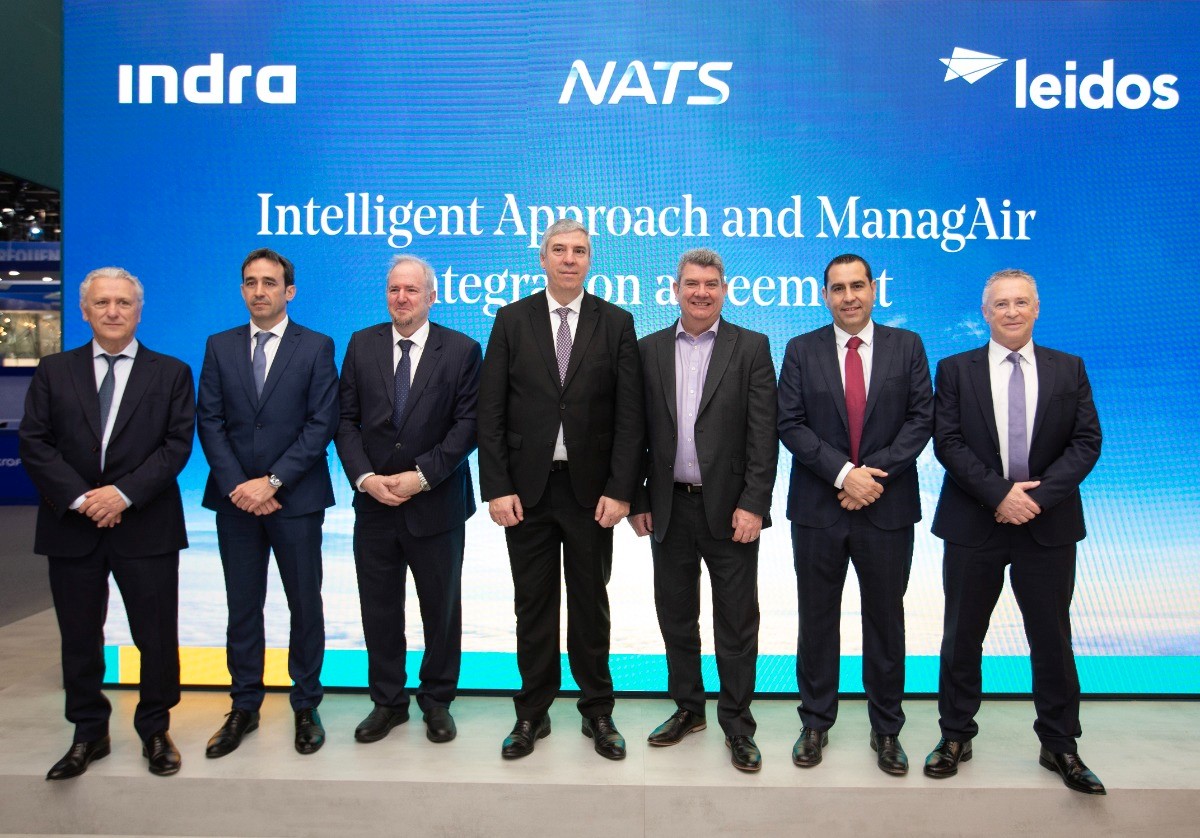Project will provide single view of Air Traffic trajectories in Europe for more predictable and punctual flights

A European project is developing solutions and procedures to provide one single and precise view of air traffic movements across the continent. The Four Dimensions Trajectory Management (4DTM) project is addressing one of the key challenges for advancing the Single European Sky: guaranteeing that navigation service providers, airport operators, airlines and the aviation community at large share a single harmonised view that is updated in real time with the movements of both civil and military aircraft throughout Europe.
The project is run within the framework of SESAR, the technological pillar Single European Sky, and is funded under the EU’s Horizon 2020 research and innovation program. Led by Indra, the project consortium is comprised of 28 participants including navigation service providers, technology companies and research bodies from European Union, Norway and Switzerland.
The core characteristic of 4D is that trajectories are always synchronised between air and ground systems in every moment of its route. The project will use data from each country's air traffic ground control centres, the European Network Manager - the body that supervises all of Europe's air traffic-, and airport operators. It will also process data on trajectories handled by the aircraft themselves and data used for flight planning by airlines’ flight operations centre. Likewise, information on military flights will also be used in order to better evaluate the impact on civil traffic.
Not only with will the project synchronise flight trajectory data, it will also develop new tools to improve the availability of precise and harmonised aeronautical and meteorological information. Doing so will enable the detection in advance, of any unexpected situations that may generate delays and require adjusting scheduled operations.
The solution paves the way for the definitive implementation of flights using 4D trajectories across the entire continent. This new way of flying allows aircraft to select direct routes, thereby reducing fuel consumption, CO2 emissions and costs. Furthermore, controllers will have available more precise information for planning operations and managing traffic more smoothly, and will be to respond to the expected increase of traffic in the coming years. Finally, improving Europe's transportation efficiency will not only directly result in cost savings, but will also improve the environment and airline passenger convenience, while directly impacting the economic growth of the entire continent.
The objectives of SESAR are to enable a threefold increase in traffic management capacity across Europe, improve safety by a factor of 10, reduce the environmental impact by 10%, and cut the costs of air traffic management services by 50%.
Only by modernising systems and air operations will Europe be able to keep pace with the constant annual increases in air traffic. Flights are forecast to rise from 10 million per year at present to 16.9 million by 2030.



.png)




.jpg)
Comments
There are no comments yet for this item
Join the discussion